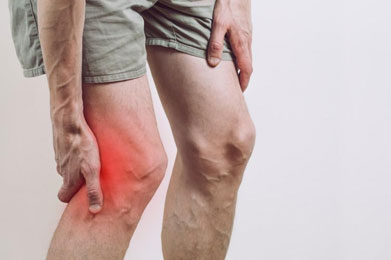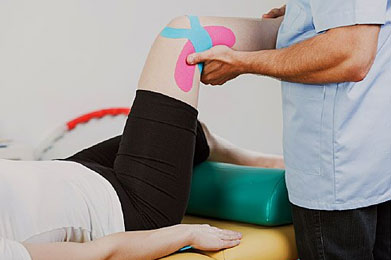Knee Cartilage Defect
There are several types of cartilage in your body. Cartilage is found in the supporting structure of your nose, ears, ribs, and on the surfaces of joints. A joint is a bending point where two bones meet. The knee, hip, and shoulder are the three largest joints.
The specialized covering on the ends of bones that meet (articulate) to form a joint is called hyaline or articular cartilage. It is the cartilage that wears when we overdo, age, or sustain an injury. Articular cartilage is unique in that it has no nerves or blood supply. This means that human tissue cannot heal without a blood supply so articular cartilage cannot repair itself.

Many procedures to restore articular cartilage are done arthroscopicaly. During arthroscopy, your surgeon makes small puncture incisions around your joint using an arthroscope.
Some procedures require the surgeon to have more direct access to the affected area. Longer, open incisions are required. Sometimes it is necessary to address other problems in the joint such as meniscal or ligament tears, when cartilage surgery is done.
In general, recovery from an arthroscopic procedure is quicker and less painful than a traditional, open surgery.
The most common procedures for cartilage restoration are:
These all are the techniques which have discussed above useful only for small knee cartilage defect and also called minor osteoarthritis treatment and not suitable for major cartilage defect because they form fibrocartilge which is not rigid to support complete weight.

There is one particular type of cells called “Mesenchymal stem cells (MSCs)” which we apply to regenerate cartilage tissue and we transplant MSCs by using arthroscopic technique which is another good option to treat major cartilage defect repair or osteoarthritis treatment because mesenchymal stem cell has the property to regenerate cartilage again which can support complete weight after some times. We transplant mesenchymal stem cells (mix with hyaluronic acid) into cartilage defect area by using arthroscopic technique. The goal of stem cell transplantation is to allow people suffering from "articular cartilage damage" to return to their old lifestyle, regaining mobility, going back to work and even practicing sports again.
A. After the procedure
B. Leg Brace:
C. Physical therapy:
D. Pain Management:
E. Normal Activity
F. General Guidelines:
Wakitani et al. 2002 (Osteoarthritis and Cartilage). Human autologous culture expanded bone marrow mesenchymal cell transplantation for repair of cartilage defects in osteoarthritic knees.
